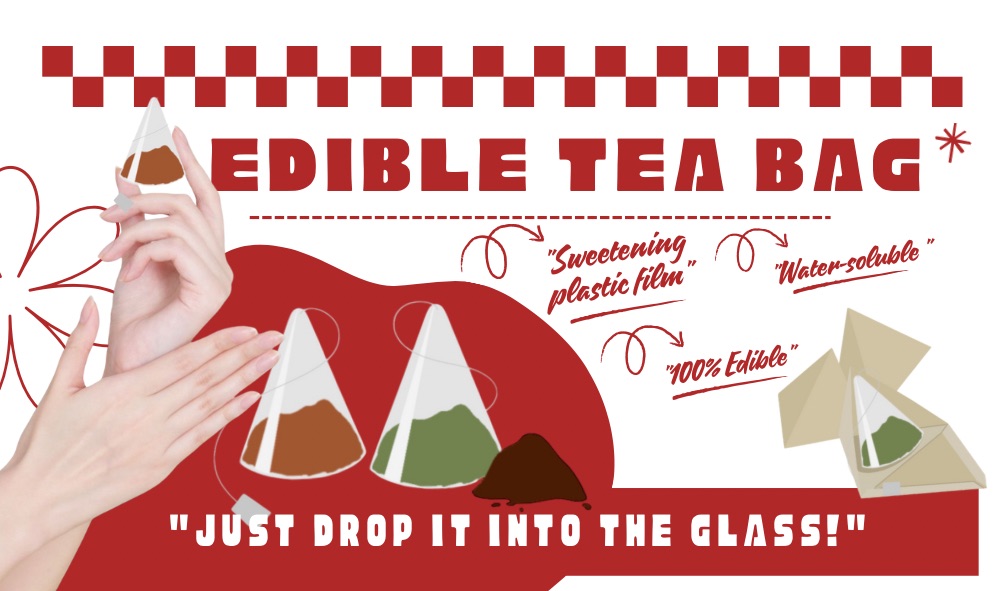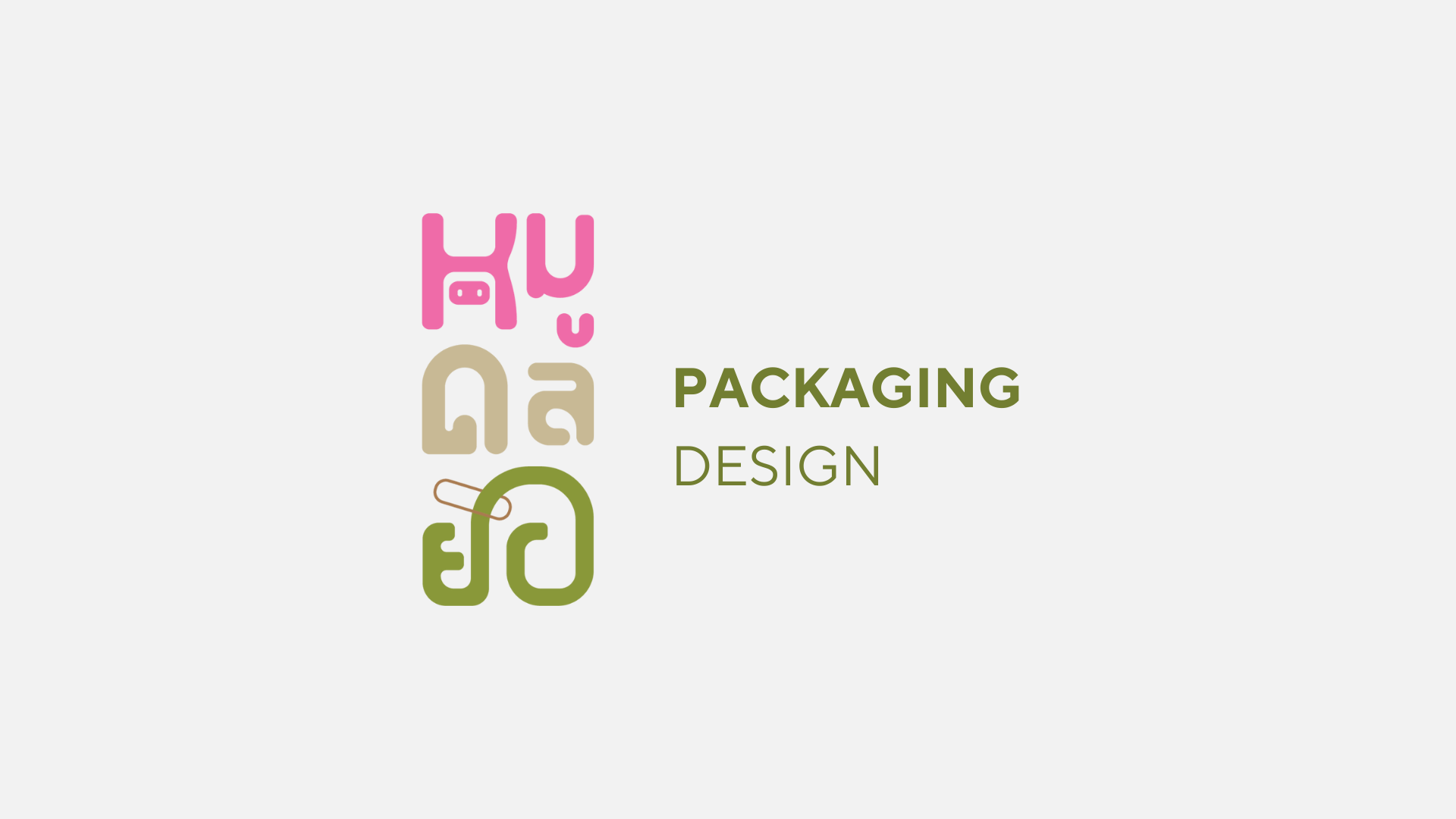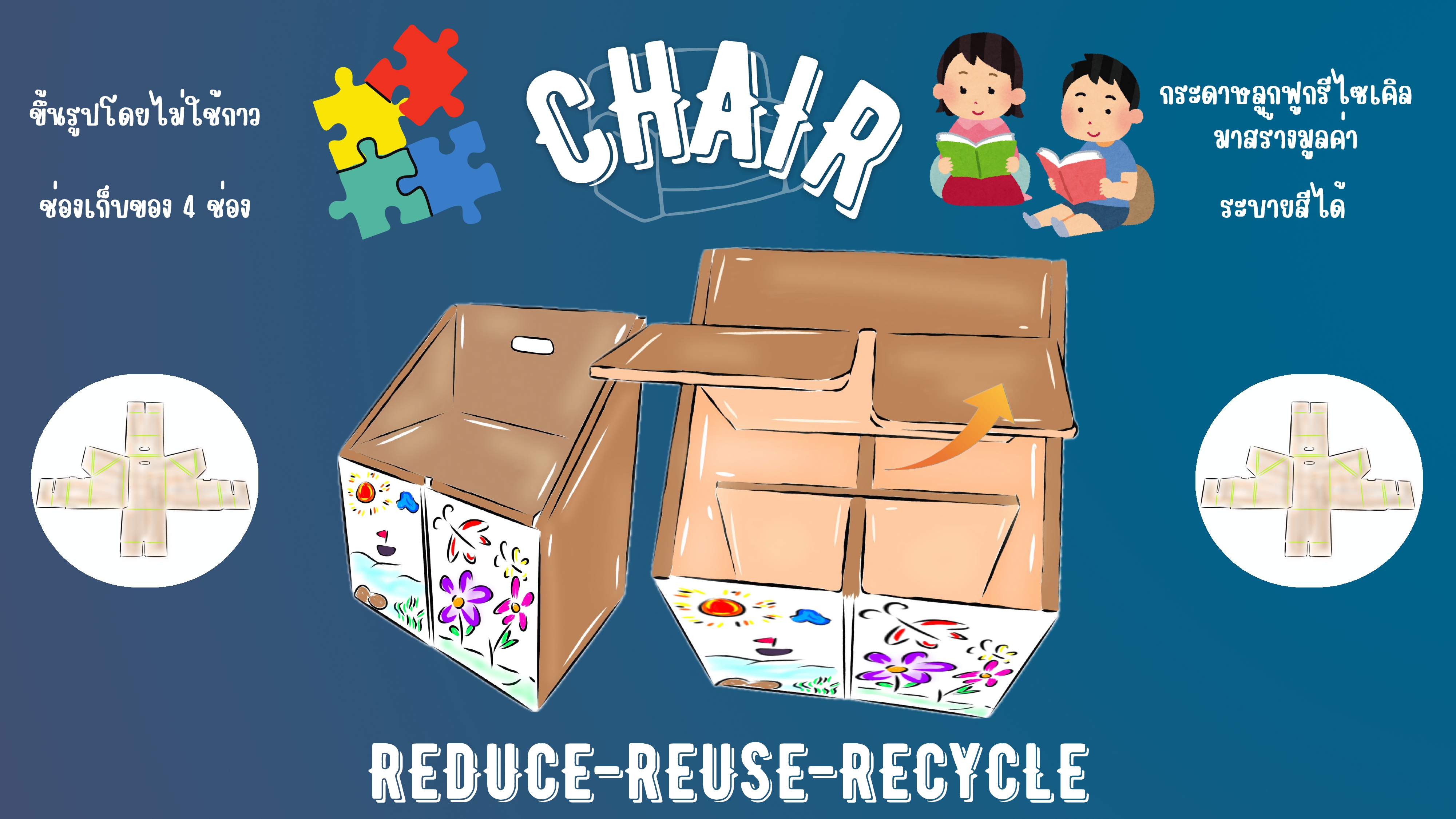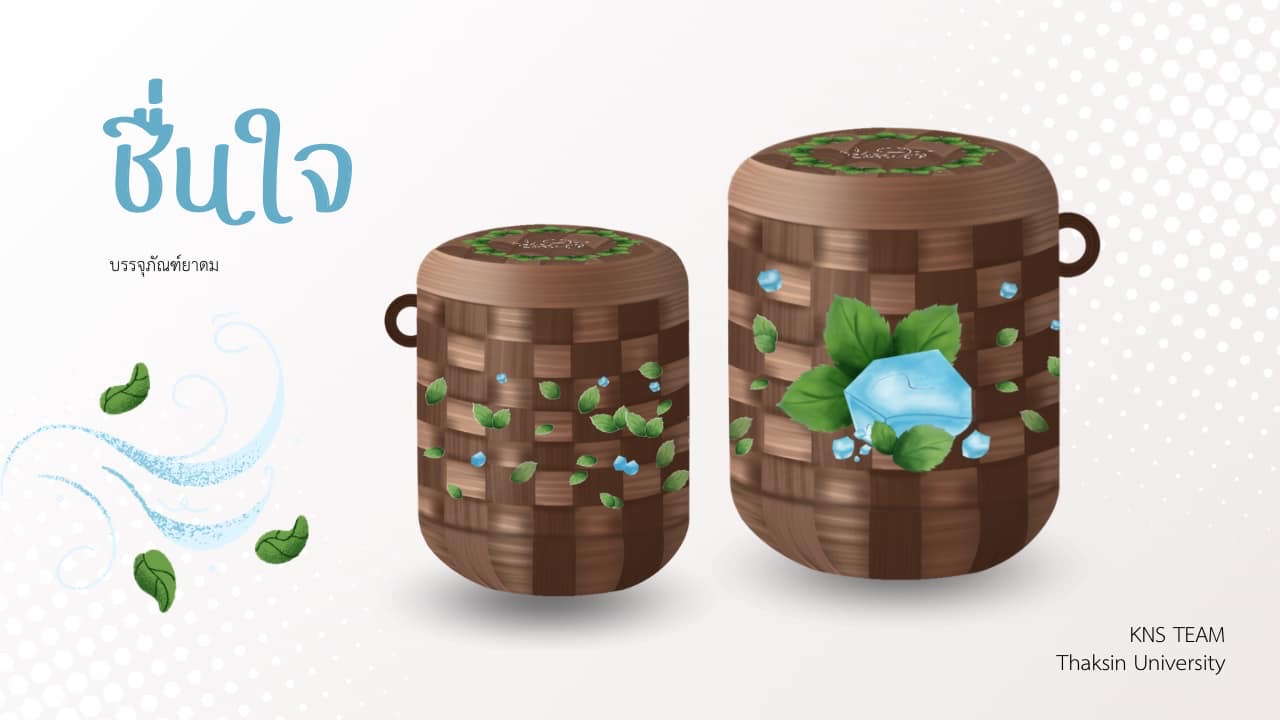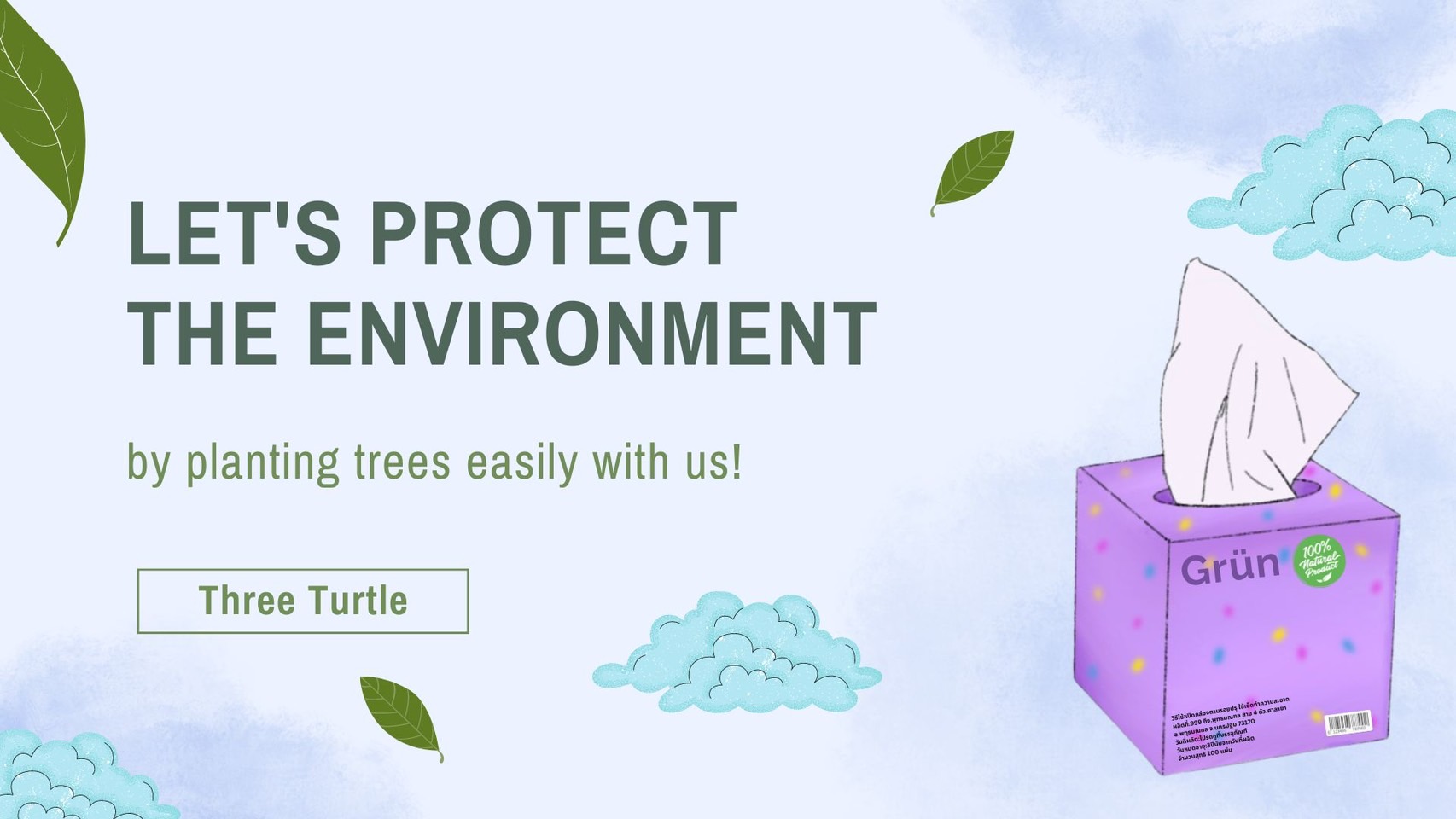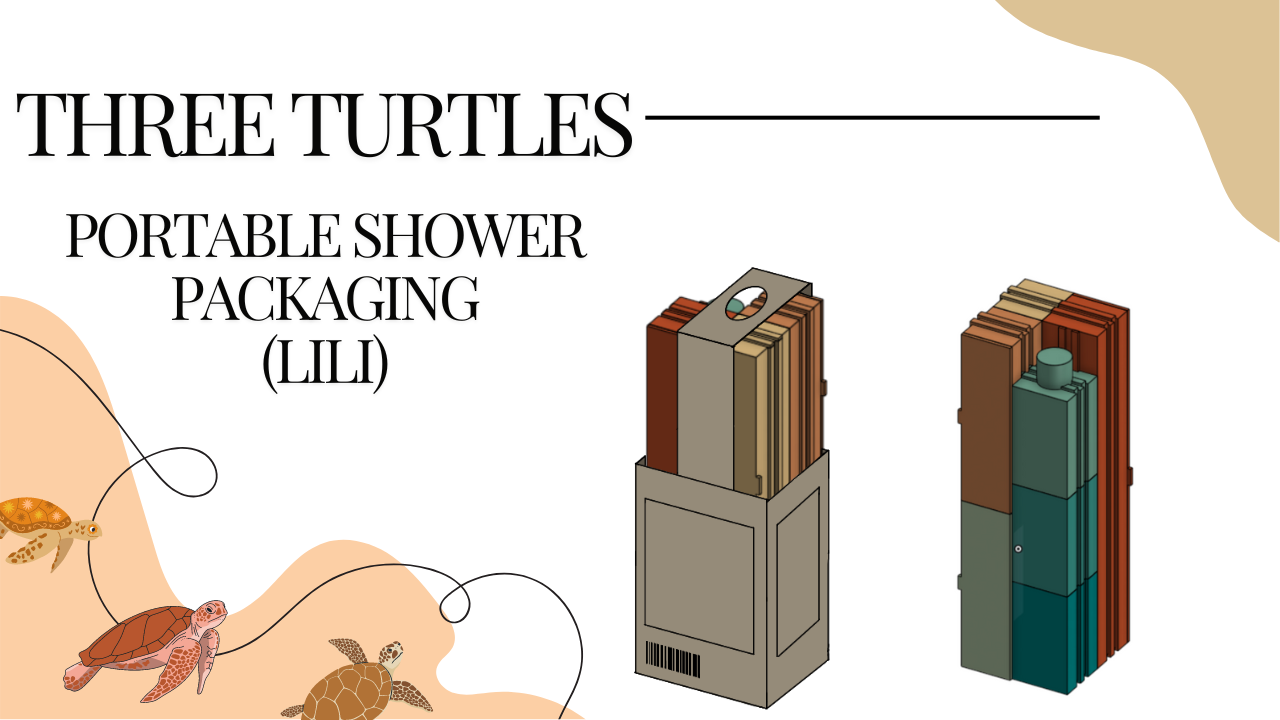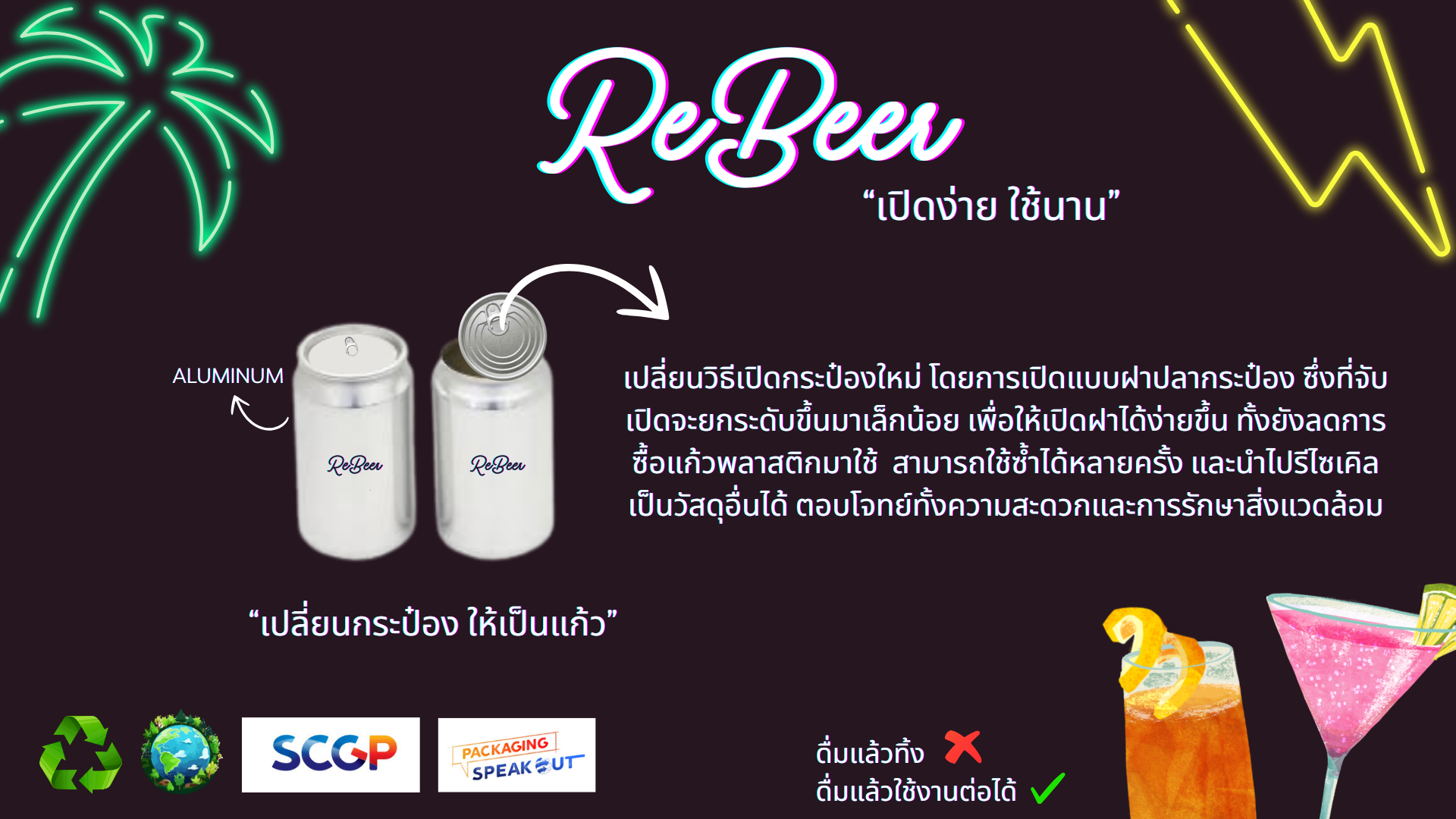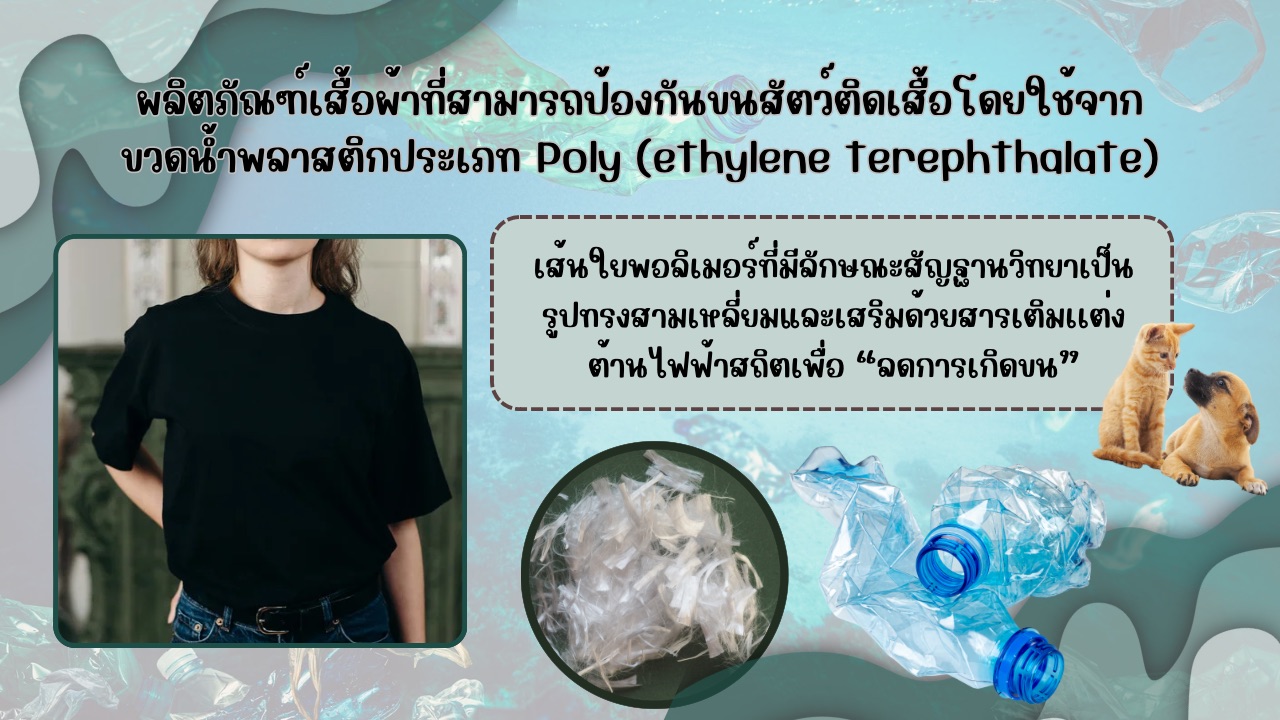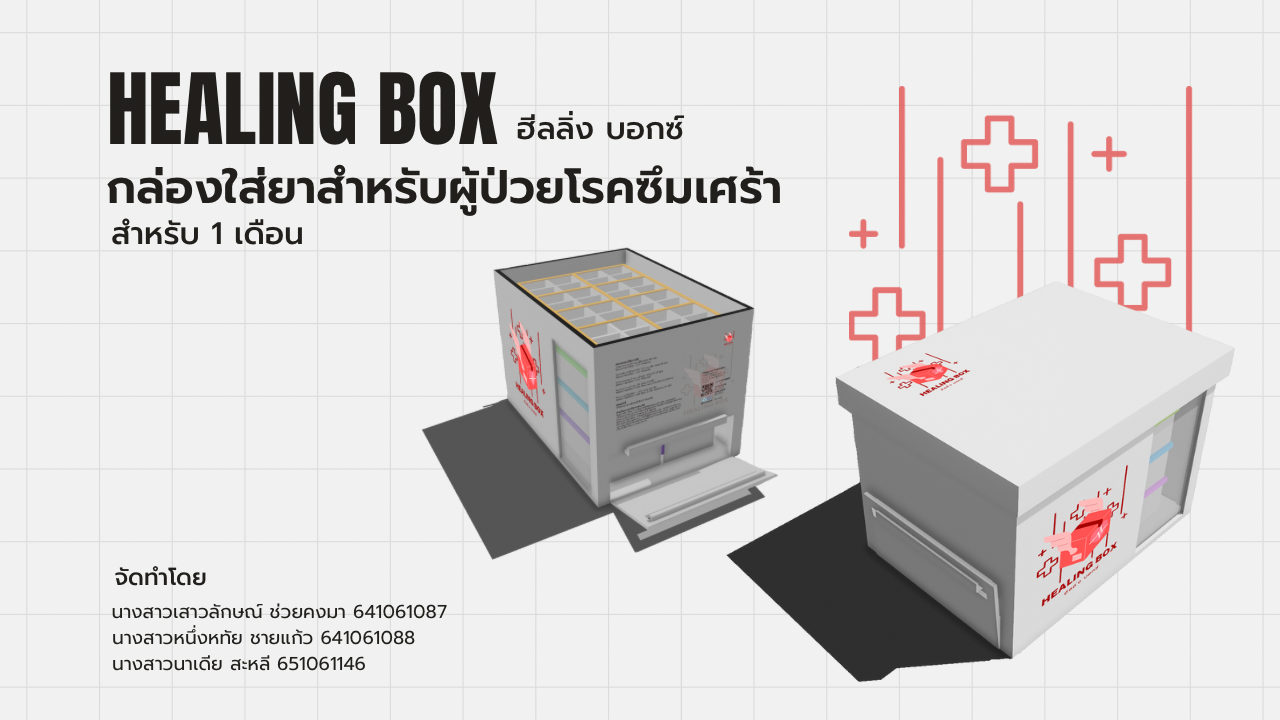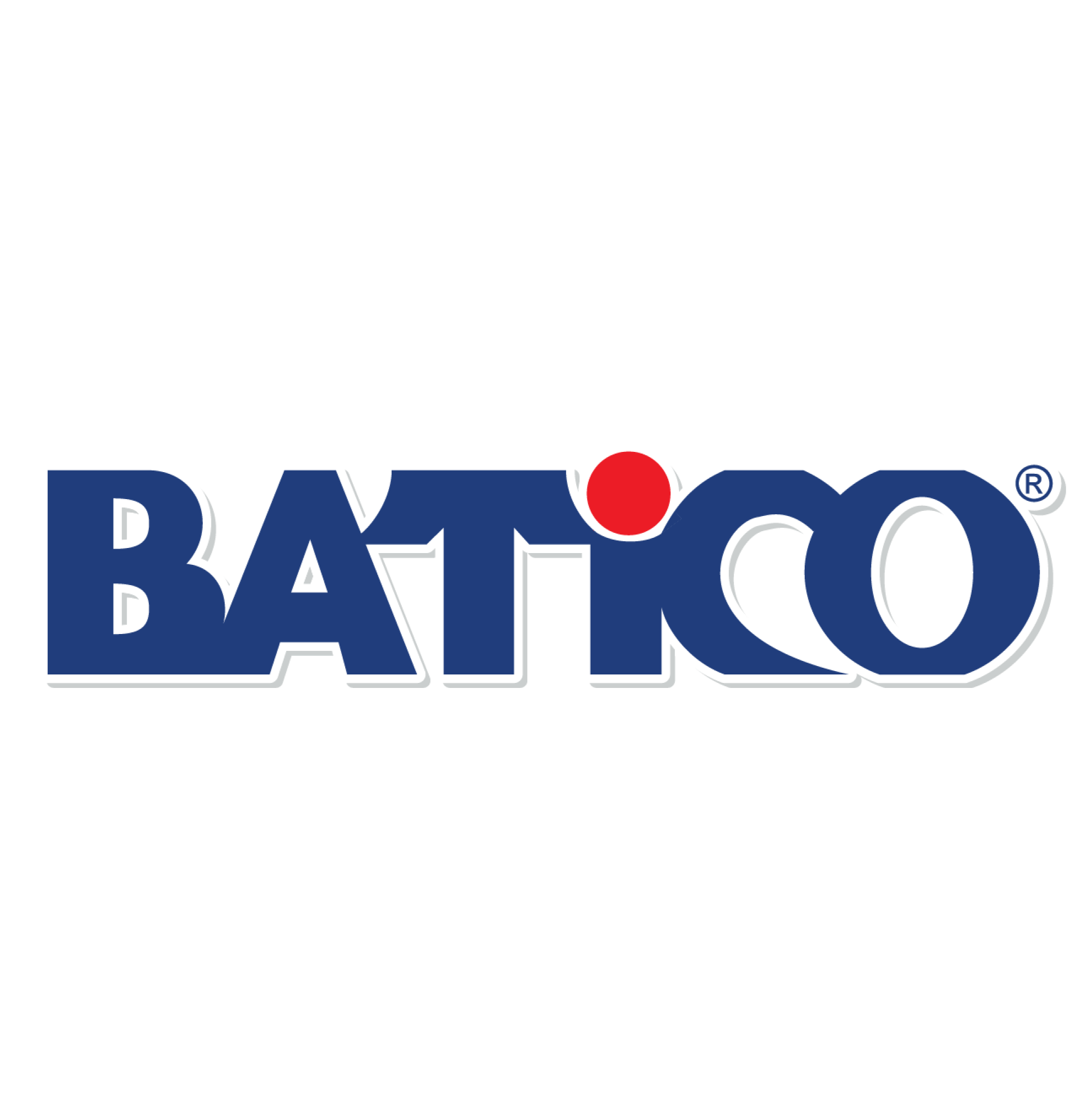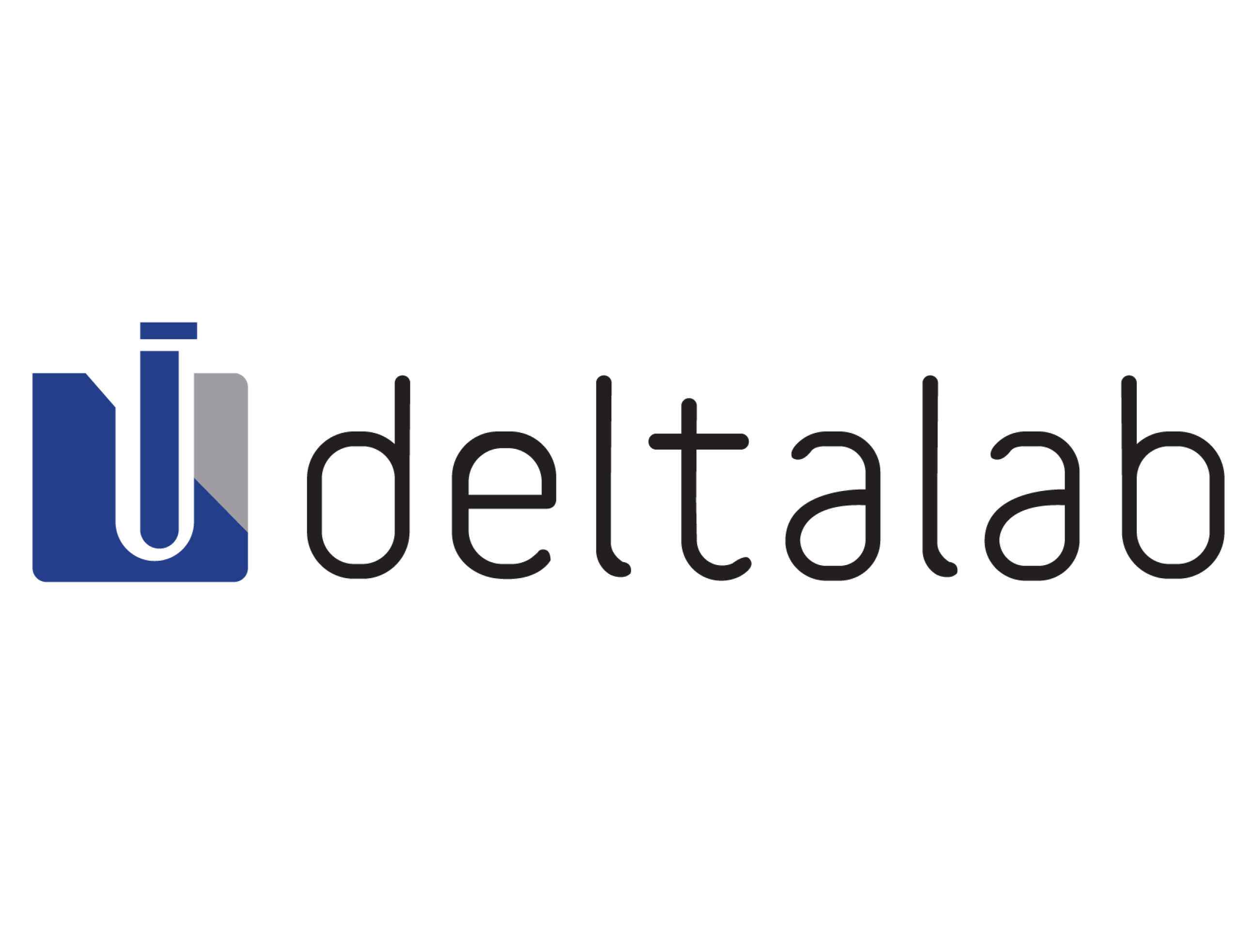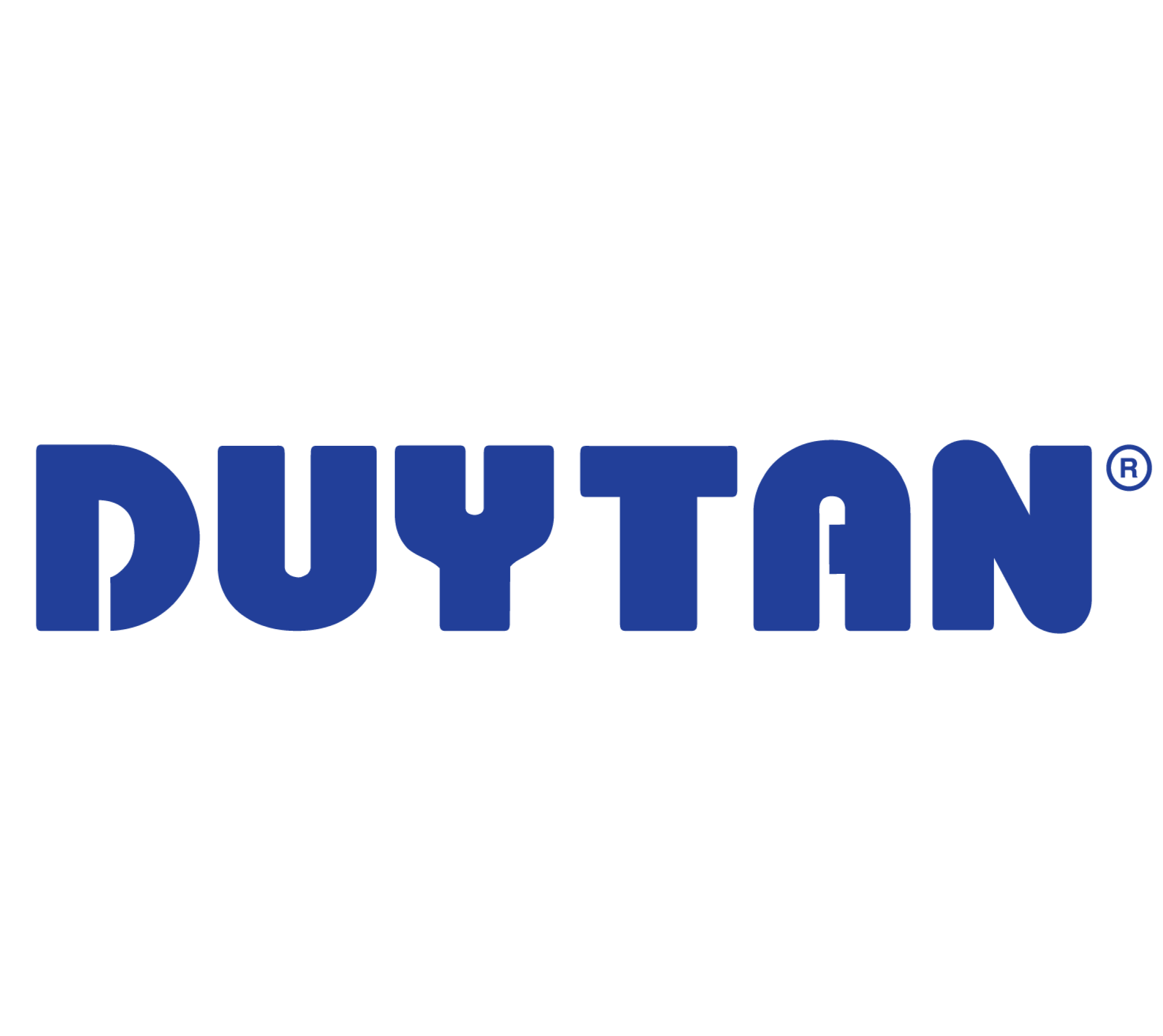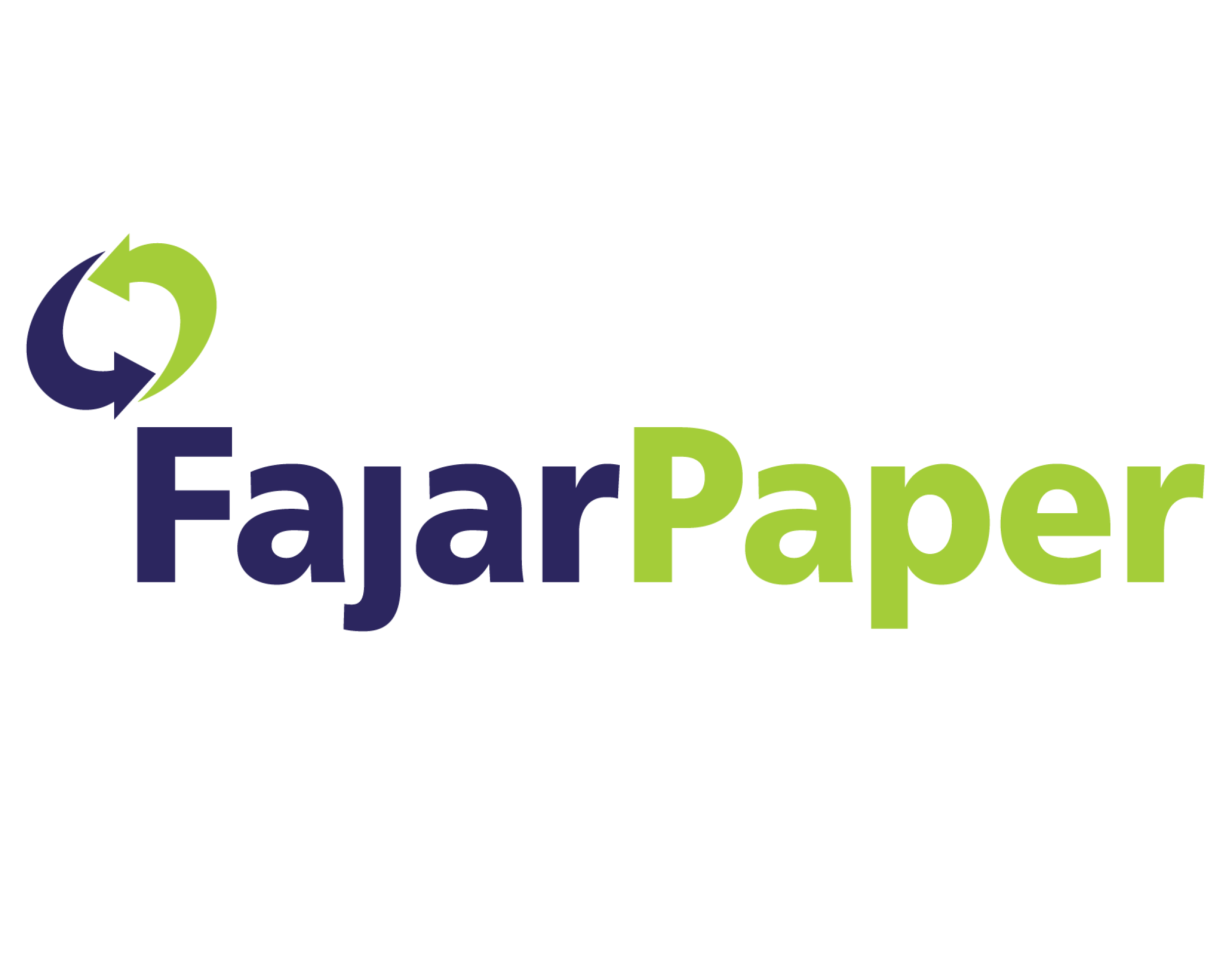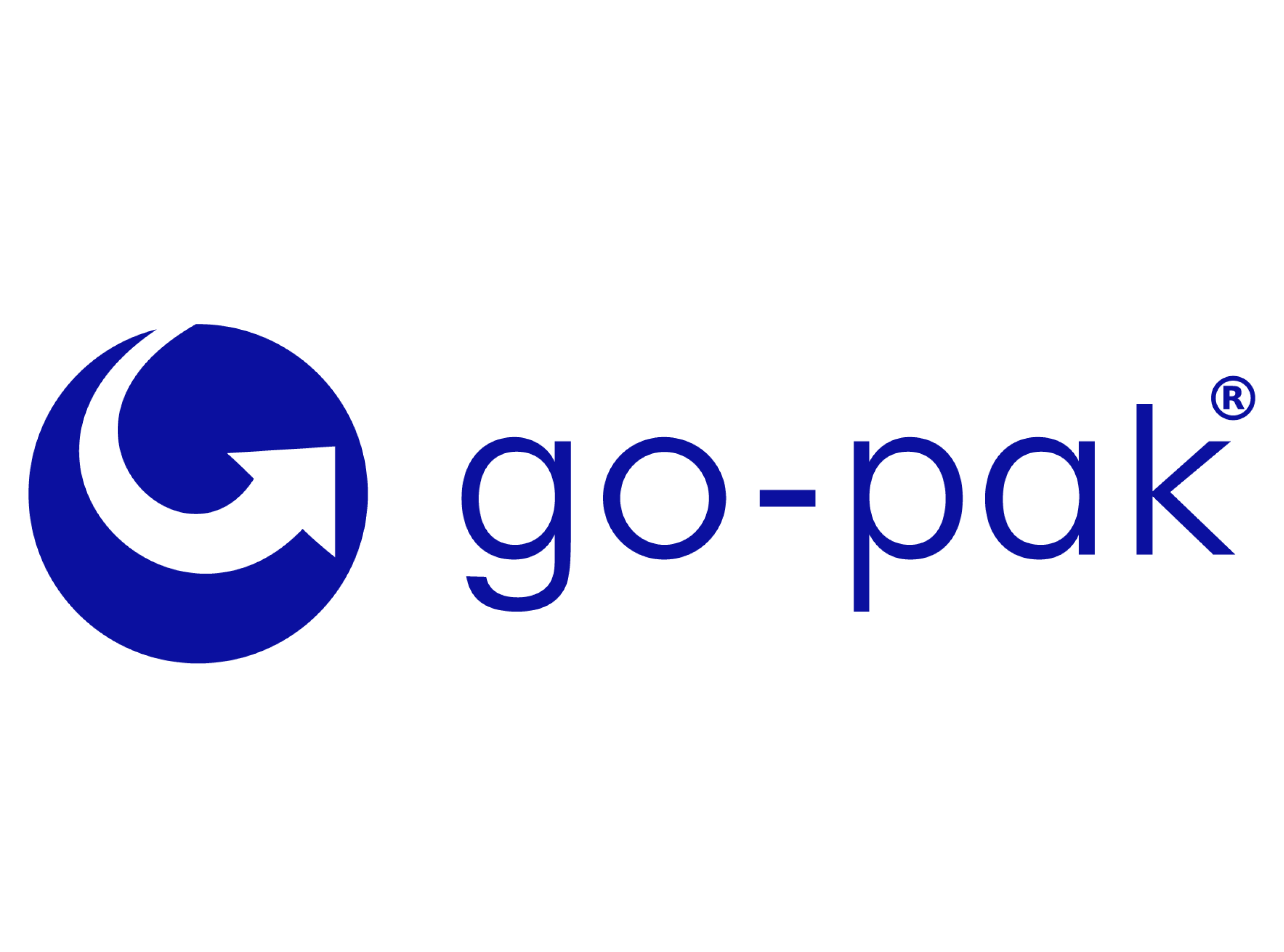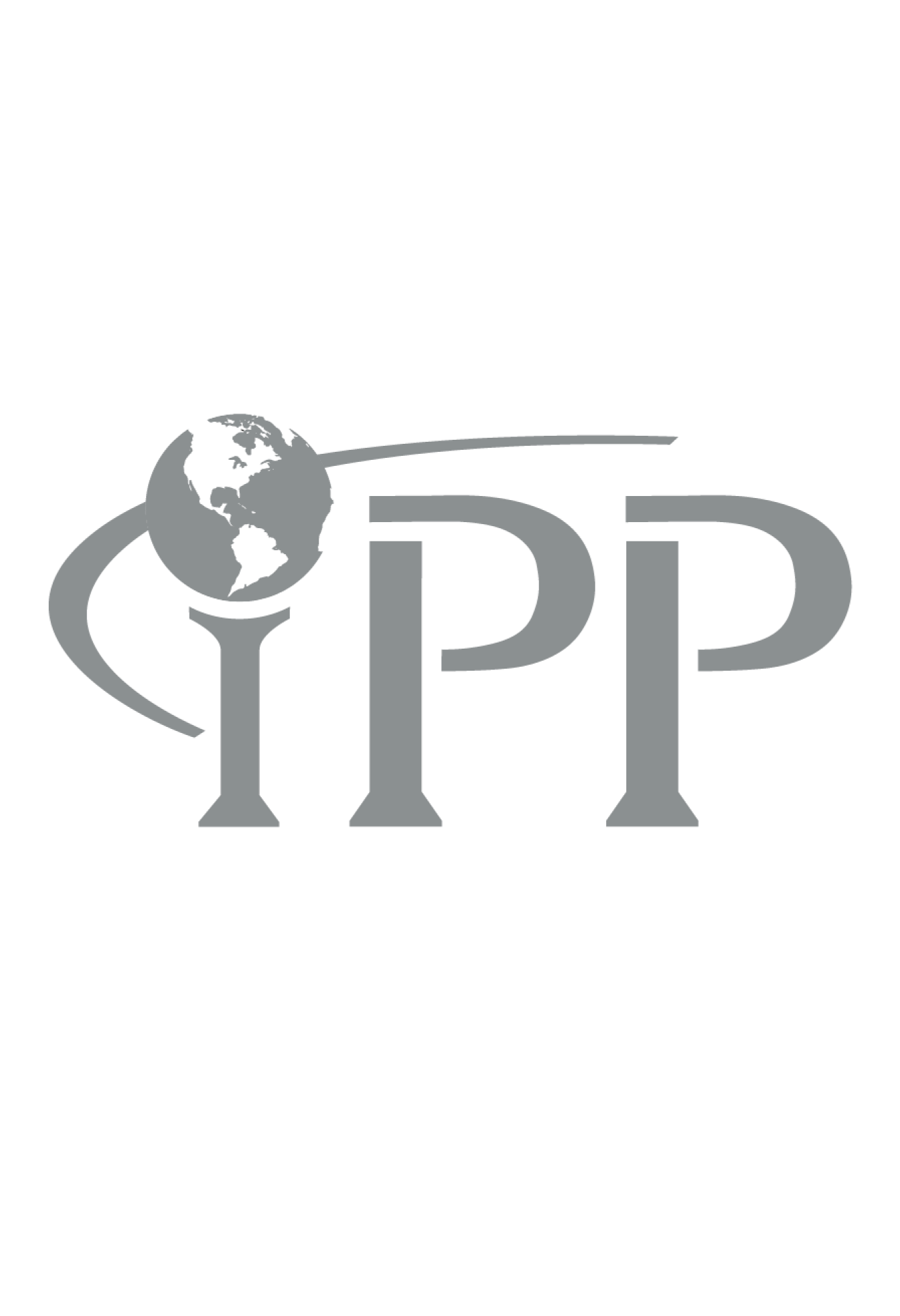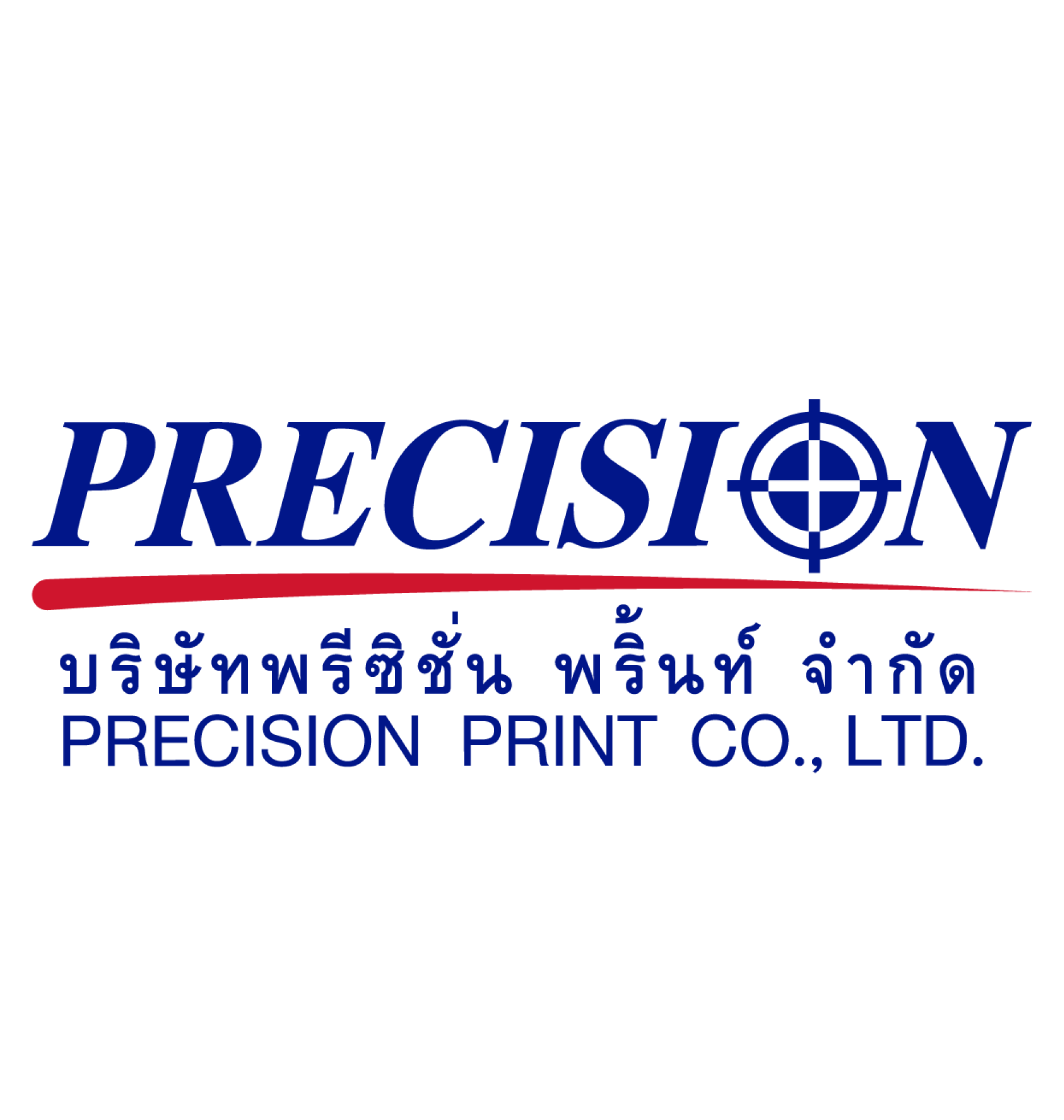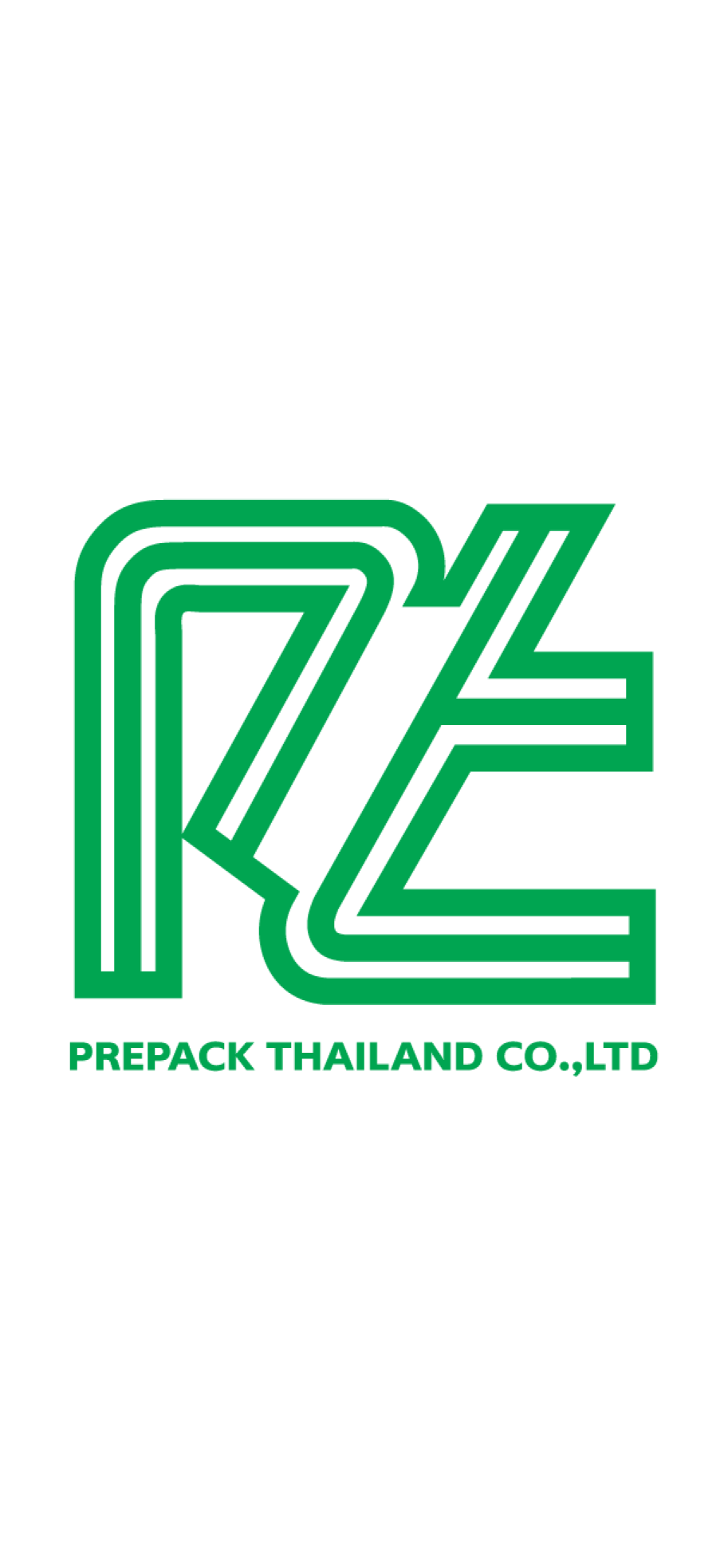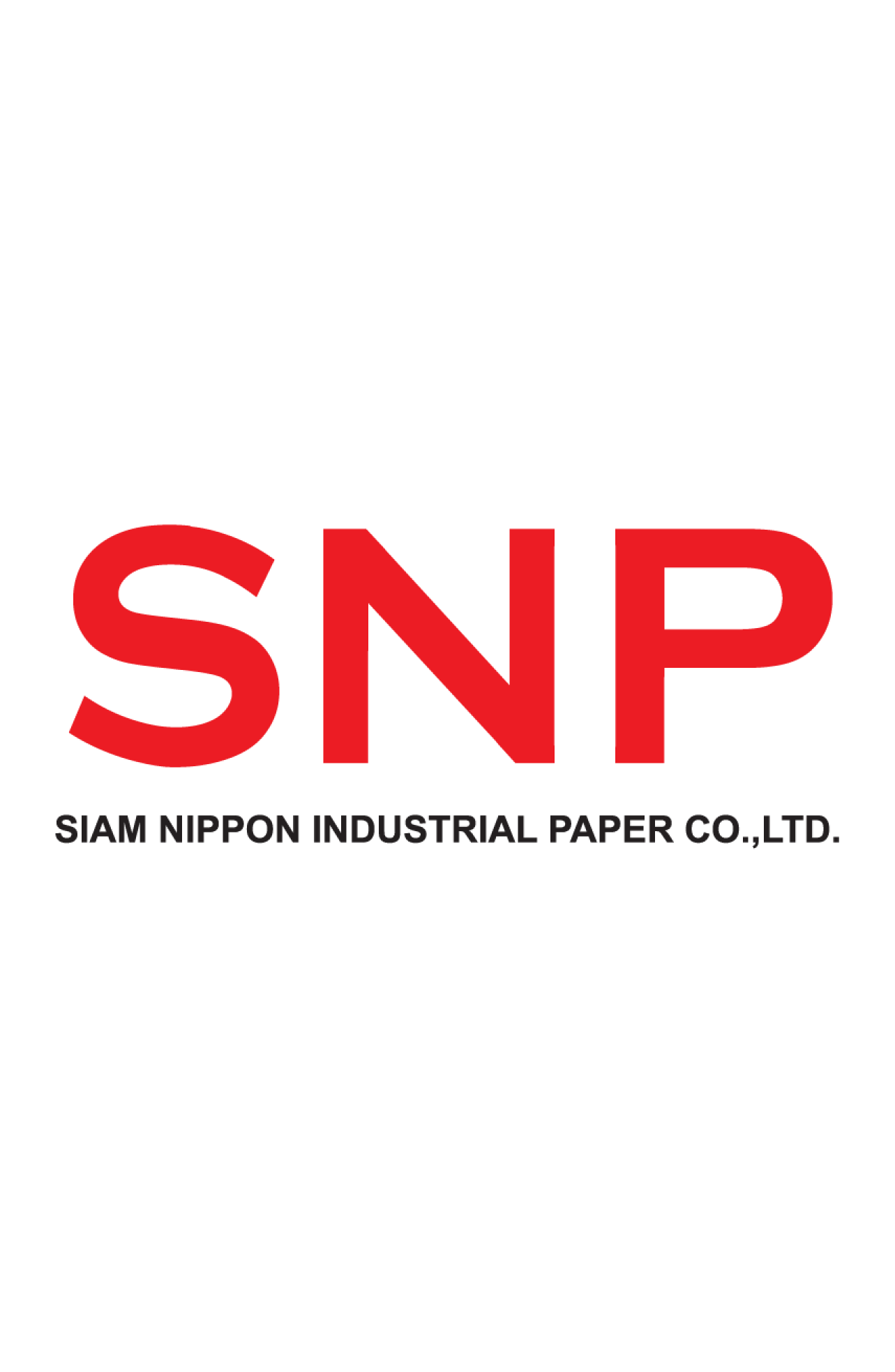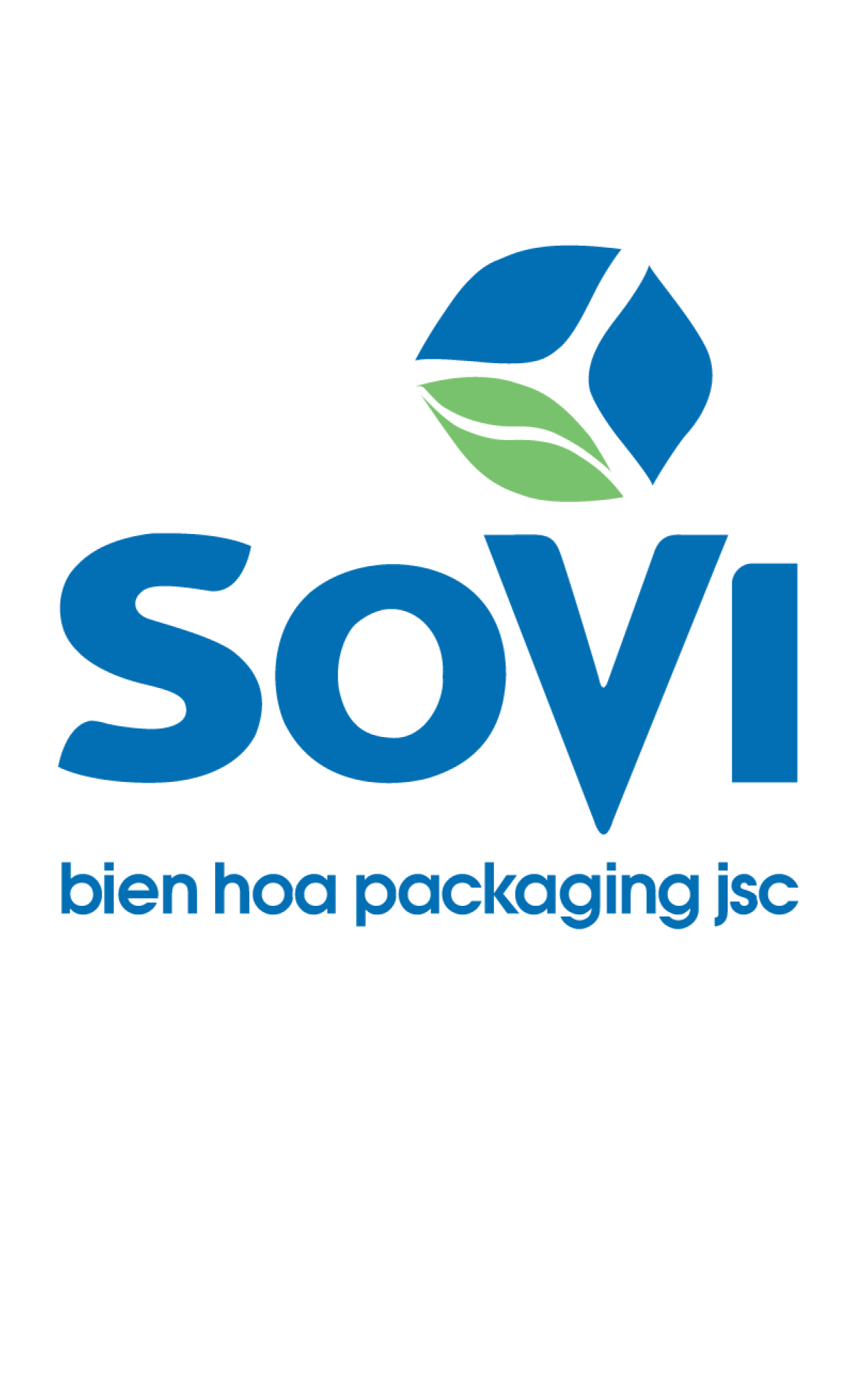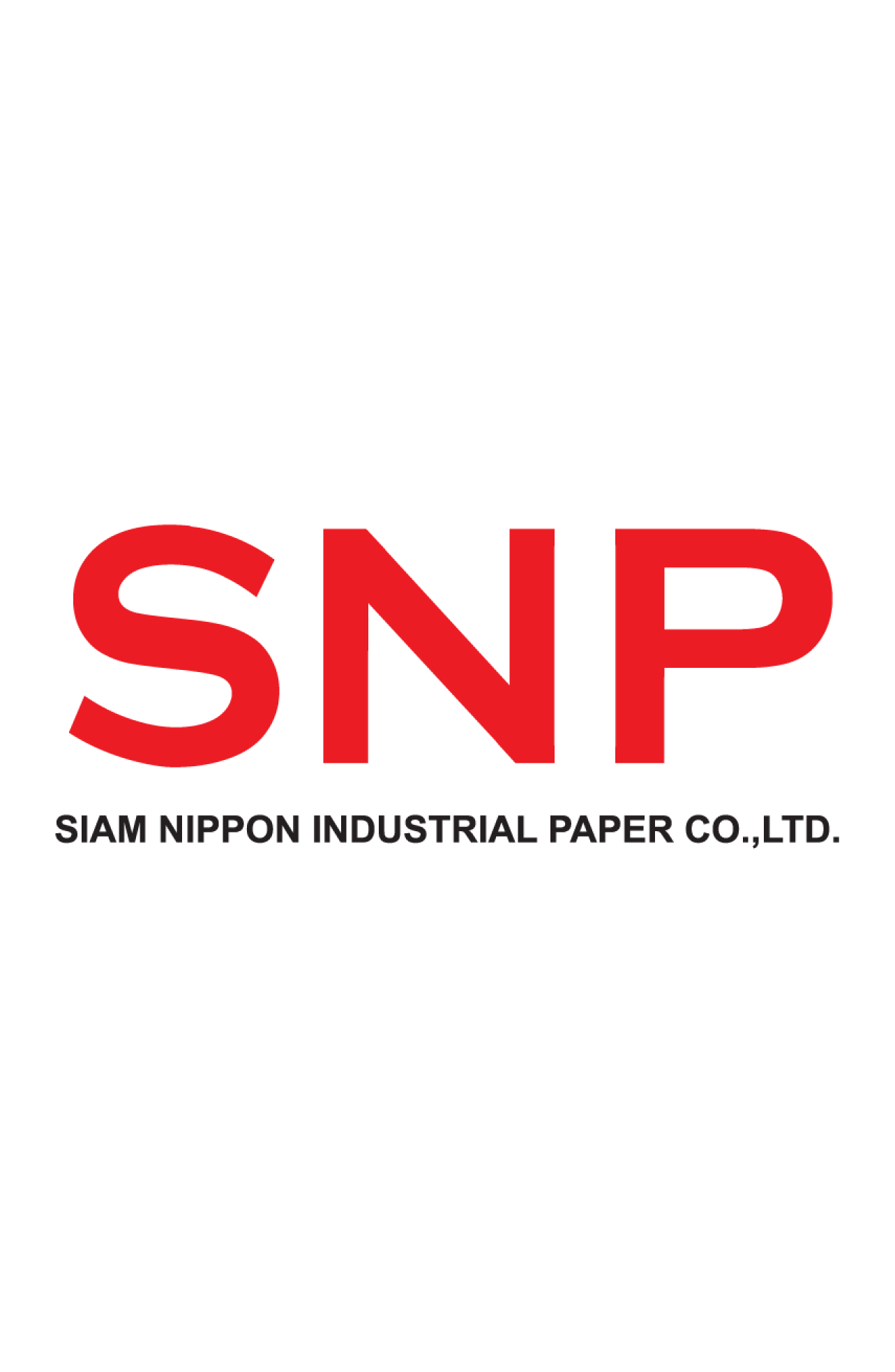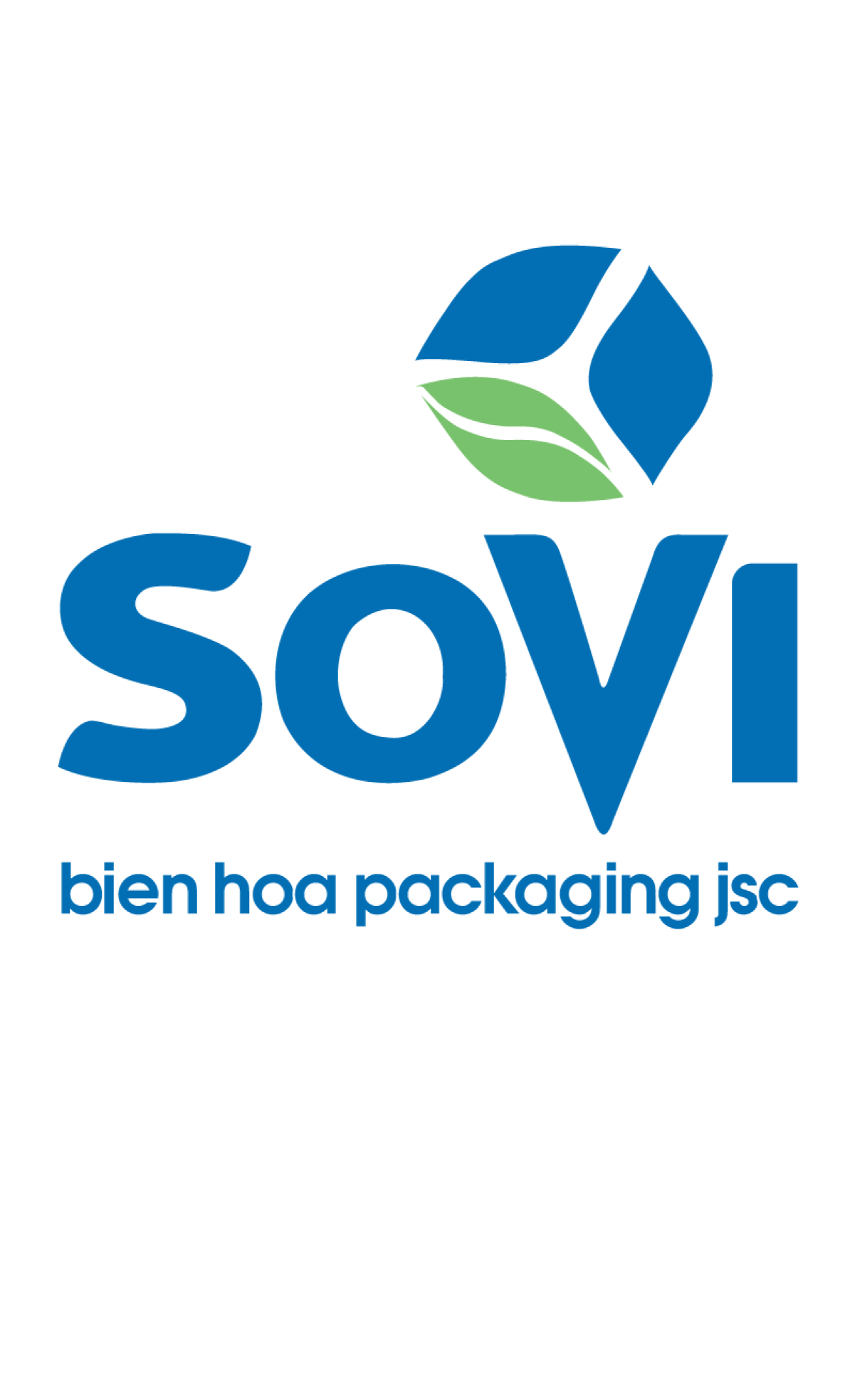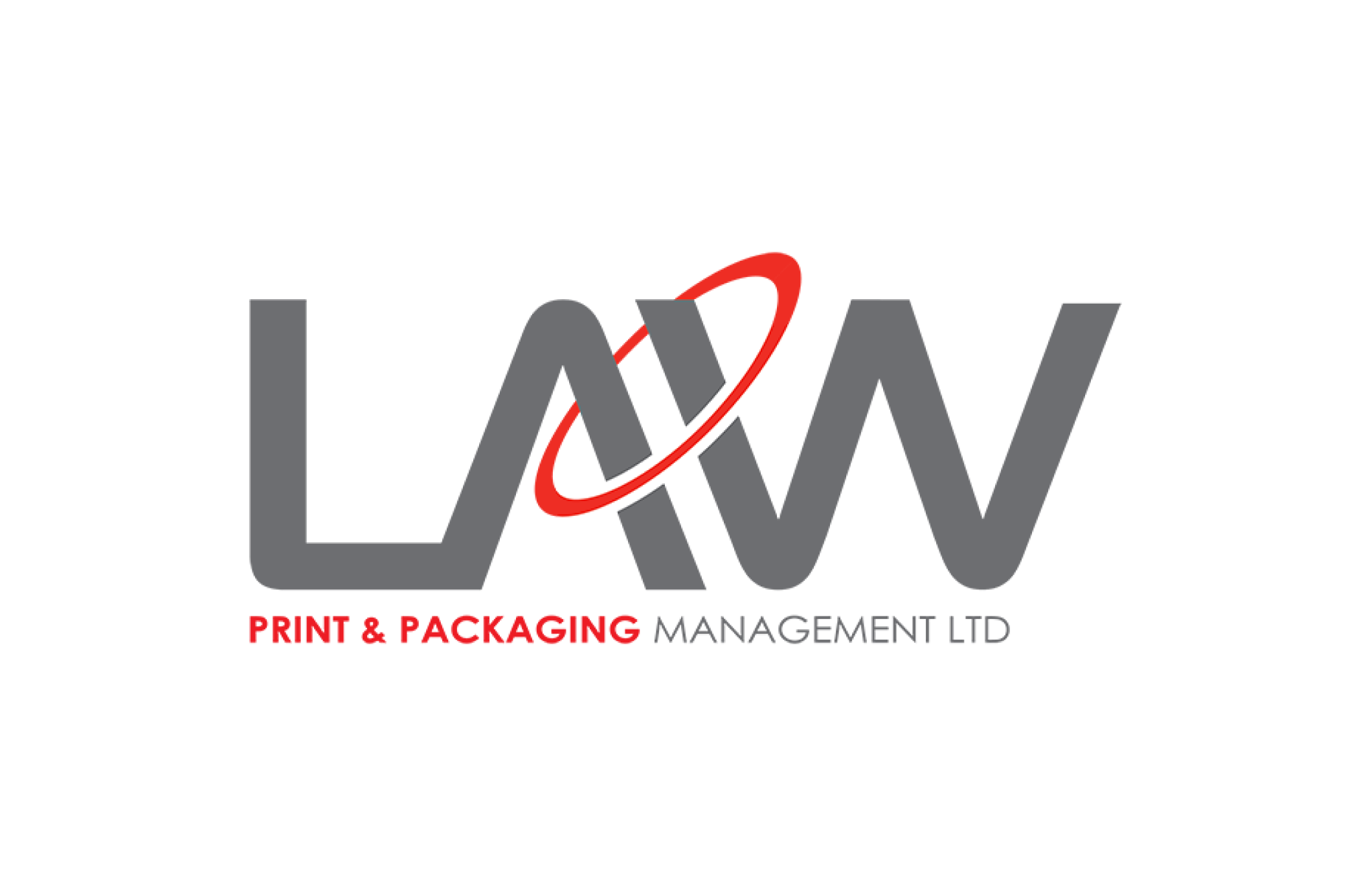PG sustainable
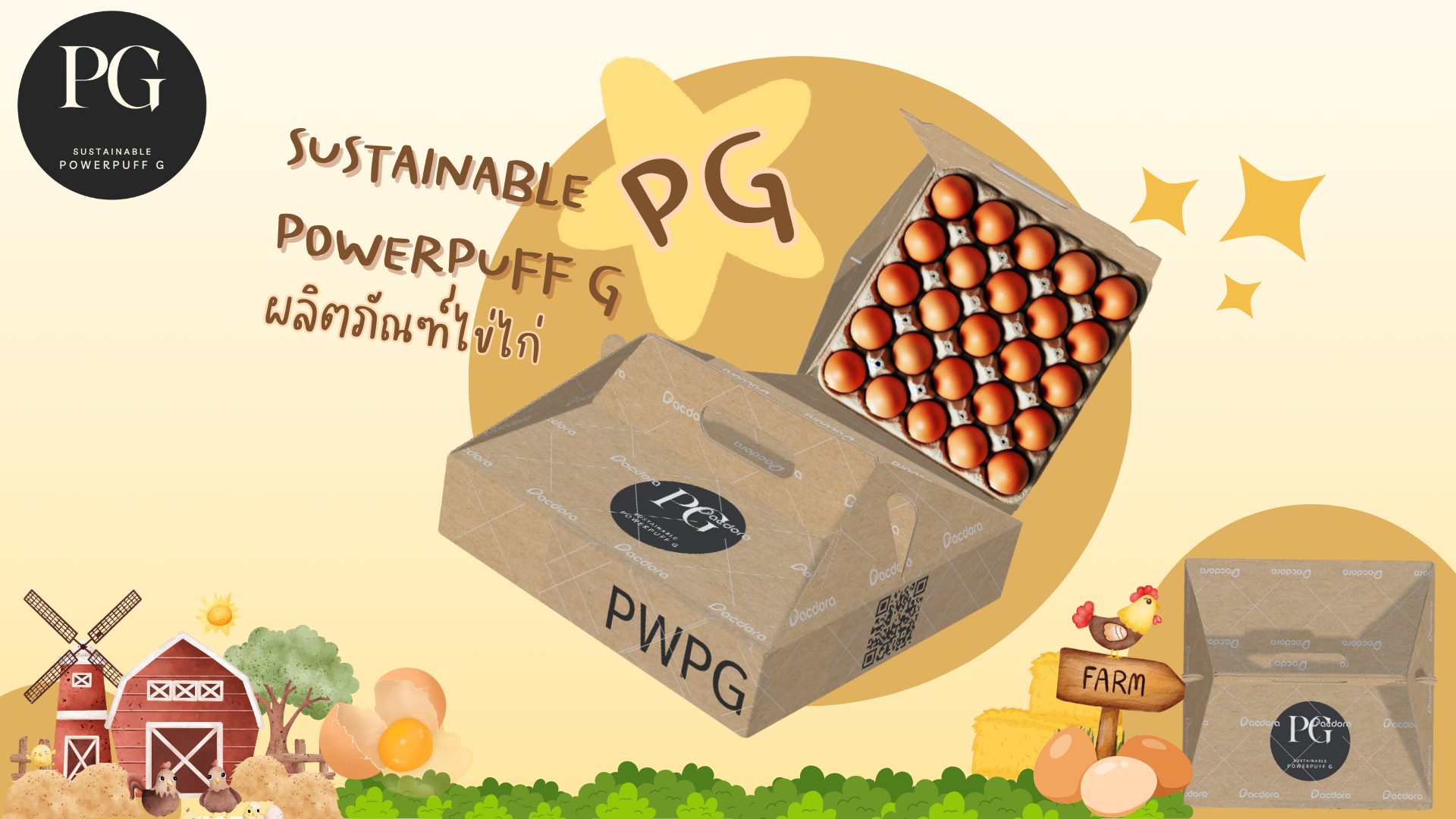
Team : พาวเวอร์พับจี
Member
Ms กัญญาณัฐ พุทธาสนธิ์
Ms กมลชนก พลศรี
Ms อลิสา รอบคอบ
1.Business Environmental Analysis
Currently consumers are increasingly aware of environmental issues leading to a shift in their behavior toward more environmentally conscious choices There is growing demand for eco-friendly products. As a result businesses are recognizing the significant opportunity to develop products that are environmentally friendly and meet consumer needs. Many companies have started adapting to sustainability by using renewable energy reducing carbon emissions, reusing waste materials and minimizing the use of single-use plastics. Additionally, the government has implemented various measures to support sustainable businesses such as the “BCG Economy Model” which emphasizes the efficient use of biological resources. Green businesses are also encouraged through tax incentives and investment promotion laws that focus on green innovation offering increased benefits to businesses using eco-friendly materials.
In the current market, most players in the egg packaging industry still rely on non-biodegradable plastic materials, while businesses using natural or eco-friendly materials represent a new and growing market. Offering differentiated products made from natural materials presents a unique opportunity for businesses to stand out and potentially capture a larger market share However competing with major manufacturers with lower production costs remains a challenge.
Powerpuff g sees an opportunity to develop products that address current consumer demands. We have chosen egg packaging as a product because the egg market is a staple in consumers’ daily lives with a market value of billions of baht per year and continuous growth. We aim to meet the needs of consumers who want to reduce plastic usage by providing fully paper-based packaging that is eco-friendly reusable and recyclable.
2. Brand Development Goals
Powerpuff g aims to develop egg packaging that addresses environmental concerns by focusing on the principles of Reduce Reuse and Recycle. This not only reduces environmental impact but also builds a strong sustainable brand image.
1.Reduce
We use paper pulp to create cardboard packaging, reducing plastic use and limiting the increase of waste.
2.Reuse
The packaging is designed to be reusable. It can be repurposed as a small storage box for household use, giving the packaging more value than just holding eggs.
The packaging can also be reused as a sliding egg tray, saving storage space and ensuring that it retains its value after the first use.
3.Recycle
The packaging is made entirely of paper, which can be easily recycled.
The brand aims to establish itself as a leader in sustainability environmentally friendly practices and align with the modern consumer’s growing focus on eco-consciousness. We develop the brand by listening to consumer feedback and addressing pain points, such as designing packaging with handles for easier carrying and reducing storage space for eggs in the home. Additionally we promote awareness by providing information on decomposition and recycling through a scan code on the side of the box. We also set key performance indicators (KPIs) to monitor the success of the packaging and adjust strategies to meet consumer demands.
3. Target Customer Definition and Insights:
Customer Analysis
The customer group interested in purchasing eggs encompasses all genders and ages since eggs are a basic ingredient essential for cooking. Most customers prioritize product quality and safety. Some choose organic eggs or eggs with health and environmental certifications. Purchases are made through supermarkets, local markets, and online platforms depending on convenience.
Power PUBG conducted a consumer analysis using a questionnaire with 119 respondents and the findings are summarized as follows:
•Who: The customer group includes people of all ages and genders, as eggs are a basic ingredient used in everyday cooking.
•What: Customers choose products primarily based on quality and freshness. Some groups opt for organic eggs or eggs certified for health and environmental standards.
•When: Egg purchases are typically made when household supplies run low, and decisions are based on the necessity for cooking.
•Where: The majority of customers purchase eggs from supermarkets and local markets, with convenience stores being a secondary option.
•Why: Consumers purchase eggs to enhance their health and include highly nutritious foods in their diet. Some also prioritize environmentally-friendly production and packaging.
•Whom: Online advertisements and reviews have the greatest influence on purchasing decisions. Consumers often consider information from these sources before making a purchase.
•How: Eggs are purchased to promote health and for convenience in cooking, with a focus on quality and safety from trusted sources.
Persona
Eco-Conscious Home Cook
• Nickname: Doctor Oak
• Age: 44
• Attitude: Believes that cooking at home brings happiness and success, and enjoys experimenting with new recipes.
• Interest: Home cooking, healthy recipes, and trying out new dishes.
• Lifestyle: Cooks every day, focuses on high-quality ingredients, loves the environment, and enjoys gardening.
• Behavior: Cooks daily with an emphasis on high-quality ingredients, chooses sustainable products such as recyclable or biodegradable packaging, and selects ingredients that benefit his and his family’s health.
• Want: Aims to cook for his family to provide a delicious and healthy dining experience.
Environmentally Conscious Restaurant Owner
• Nickname: jadai
• Age: 35
• Attitude: Believes that high-quality cooking can lead to success in the culinary business, is dedicated to enhancing skills and creating innovative menus for customers.
•Interest: Cooking, developing new menus, and learning modern cooking techniques.
•Lifestyle: Enjoys preparing healthy meals, uses sustainable ingredients, loves trying new things, and is passionate about environmental issues.
•Behavior: Owns a restaurant, enjoys cooking, and serves customers with creative and high-quality menus. Constantly updates menus based on customer needs and emphasizes environmental responsibility, including using recyclable or biodegradable packaging.
•Want: Aims to succeed in the restaurant business, build a positive reputation for the restaurant, and achieve high customer satisfaction by providing a great dining experience and being environmentally conscious.
4.Packaging Design for Society and the Environment
Our packaging is made from paper pulp, formed into cardboard, which is a naturally biodegradable material. Using paper-based materials helps reduce plastic consumption and decreases the amount of non-biodegradable waste.
We designed the packaging to be multifunctional. It can serve as a sliding egg tray which saves storage space and makes it more convenient to use. Additionally, the packaging can be repurposed as a storage box and parts of it are recyclable and reusable. We’ve also incorporated a handle into the design to make it easier to carry and transport eggs Based on consumer surveys we found that many customers experience difficulty carrying egg cartons, so we added this practical feature to enhance convenience and ease of use.
5. Marketing Activities and Brand Development through Packaging
•We designed packaging with a QR code on the side. When customers scan the code they will access a video story about environmental care recycling instructions for the packaging, and the benefits of our eco-friendly packaging.
•We launched the “Eco-Friendly Egg Packaging” campaign, featuring packaging made from recyclable and biodegradable materials. This campaign is advertised through social media and the brand’s website, emphasizing environmental friendliness and ease of use.
•The “Good Eggs Friendly Packaging” campaign highlights the use of environmentally friendly packaging on social media. It includes sharing recipes that feature eggs as a main ingredient such as innovative recipes or healthy egg dishes Additionally we will host a recipe contest on social media with lucky winners receiving prizes.
6. Measurement of Marketing and Brand Performance
1. Design Packaging with QR Code
Action Plan:
•Weeks 1-2: Design and develop packaging featuring a QR code linked to a video story about environmental care recycling methods, and the benefits of the packaging.
•Week 3: Test and refine the video content to ensure it is suitable and engaging for the audience.
•Week 4: Launch the new packaging in various stores and online, accompanied by communication through social media and the website.
KPI:
•Number of times customers scan the QR code.
•Satisfaction ratings from surveys regarding the video content and information presented.
•Increase in website traffic and engagement with recycling-related content.
2. Launch the “Eco-Friendly Egg Packaging” Campaign
Action Plan:
•Weeks 1-2: Plan and design social media and website advertisements focusing on packaging made from recyclable and biodegradable materials.
•Week 3: Launch the campaign with advertisements videos and articles highlighting the environmental friendliness of the packaging.
•Week 4: Monitor customer feedback and adjust the campaign based on responses.
KPI:
•Reach and engagement: Number of views, likes, shares, and comments on posts and advertisements.
•Increase in brand awareness: Growth in social media followers and website traffic.
•Increase in sales: Number of new packaging units sold during the campaign.
3. Campaign “Good Eggs, Friendly Packaging”
Action Plan:
• Weeks 1-2: Create and share social media content emphasizing the use of environmentally friendly packaging, including recipes featuring eggs as a main ingredient.
• Week 3: Organize a recipe contest on social media, inviting users to submit egg recipes that utilize the new packaging.
• Week 4: Select and announce winners with the best recipes that incorporate the friendly packaging.
KPI:
•User engagement: Number of recipe submissions and participation in the activities.
•Reach and engagement of content: Number of views
likes, shares comments on recipe posts and contests.
•Brand knowledge: Increase in brand awareness regarding the use of environmentally friendly packaging.

